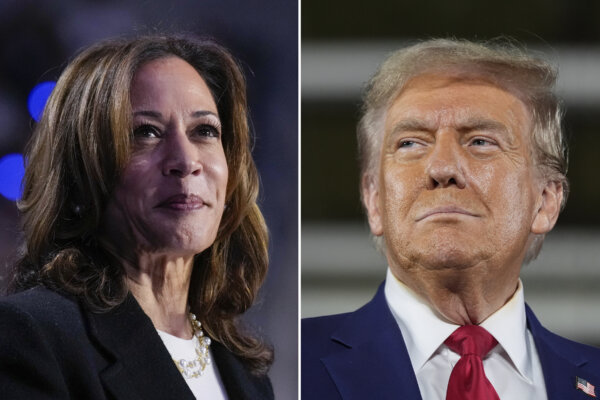
When voters head to the polls on Nov. 5, they may think they are only choosing a presidential candidate and a few other federal office contenders. However, their decisions will have far-reaching implications for numerous powerful officials who may not be on the ballot but still hold the ability to shape the future of the nation.
Once either Vice President Kamala Harris or former President Donald Trump takes office next January, they will have the authority to nominate individuals who can significantly impact the policies they aim to implement.
Federal courts, as outlined in Article III of the Constitution, often have the final authority in determining whether the policies supported by voters can be put into action.
Lower Courts
According to the Justice Department, the United States has 94 district or trial courts with over 670 seats for district court judges. These courts are overseen by 13 appeals courts, which are divided into 12 federal circuits that cover specific regions of the country, along with the Federal Circuit Court that handles specialized cases.




